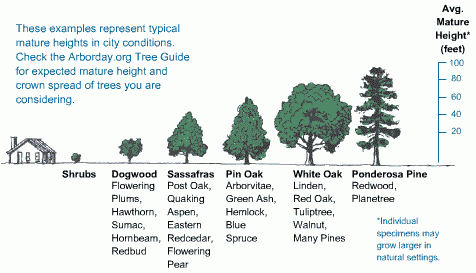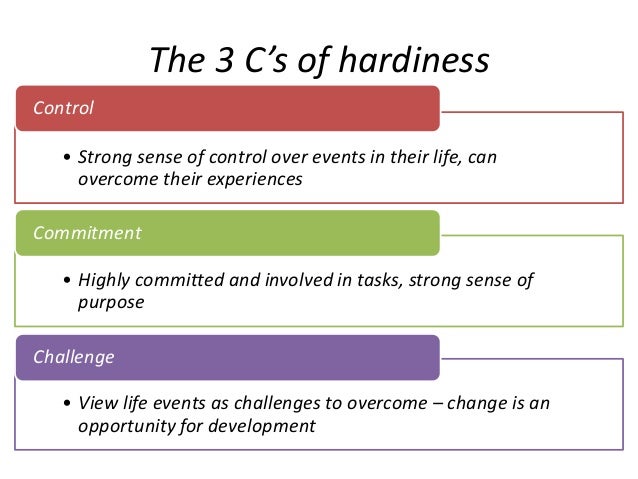Main Highlights:
- Gardening
- Selecting plants
Gardeners should inspect the planting location, establish their landscape requirements, and gather relevant information on plant materials. Size, hardiness, pest and disease susceptibility, and soil conditions are all essential plant features. Plant choices can help you create a beautiful environment while also preventing future maintenance issues.
It’s easy to understand why trees are a crucial element of any landscape; yet, selecting the correct species for your growing conditions and strategically planting them is not as straightforward as it may appear. Because the following criteria are so important to the long-term survival of your arbours, it’s important for all homeowners to understand the fundamentals of tree selection and placement.
1. The Mature Size Of The Tree


Many landscaping difficulties can be avoided by knowing the mature height and spread of trees and bushes. Because of soil conditions and other factors, the mature height and spread of trees and shrubs will vary. Overcrowding, interference with overhead utility wires, hindrance of vehicle and pedestrian traffic, and other issues can be avoided by knowing their approximate mature size. Plant materials that have been carefully chosen have a longer life lifetime and require less upkeep.
You’ll also want to stay clear of underground pipelines and/or utility lines to allow for safe, unhindered root growth, so get in touch with Dig Safe before you start digging. When browsing the tree selection at your local nursery, it’s easy to ignore a young tree’s mature size because it’s small and compact. Failure to consider this, on the other hand, can have disastrous—and extremely expensive—repercussions years later.
2. Hardiness


Cold hardiness is a crucial factor to consider when choosing trees and plants. Summer heat and drought tolerance are other crucial considerations. The European mountain ash and white-barked birches require chilly, damp settings. The trees are weakened by hot, dry weather. Insects or illnesses kill the trees that have become weaker. White-barked birches and European mountain ash are not suggested for Iowa due to their low heat and drought tolerance.
It’s vital to choose trees that are not only sturdy enough to weather our hard climate, but also give soothing shade in the summer and act as windbreakers in the winter. If you don’t have the time or money to care for trees that require frequent routine care, choose species that are resistant to pests and disease.
3. Pest Susceptibility
Another factor to consider while choosing trees and shrubs is their insect and disease vulnerability. Pine wilt has become a significant disease of Scotch pine (Pinus sylvestris) in Iowa and other midwestern states in the last 10 to 15 years. Pine wilt is a disease that destroys afflicted Scotch pines quickly. The best technique for containing the illness is to remove and eliminate dead or dying Scotch pines as soon as possible. Scotch pines are no longer recommended for windbreaks or house landscapes due to pine wilt. For Iowa, white pine, spruces, firs, and arborvitae are preferable alternatives.
Several fungicide applications in the spring can prevent another prevalent disease, ‘Apple scab.’ Fortunately, disease-resistant crabapple genotypes can be used to avoid difficulties with apple scabs.
4. Soil Conditions And Exposure


The soil conditions at the planting location have a significant impact on trees and plants. Choose plants that are suitable for both wet and dry environments. River birch, green ash, sycamore, and red osier dogwood, for example, thrive in moist areas. Dry soils are tolerated by red cedar, crabapple, hawthorn, and potentilla.
Poor or unsuitable growing circumstances, such as nutrient-deficient soil or insufficient sunlight, will kill even the healthiest trees. You must choose kinds that can thrive in your yard if you want to develop robust, healthy trees. The first step in laying the best possible foundation for your dream landscape is to evaluate the soil before planting and add any necessary nutrients.
Also Read: 5 Creative Planter Ideas for a Lovely Garden






